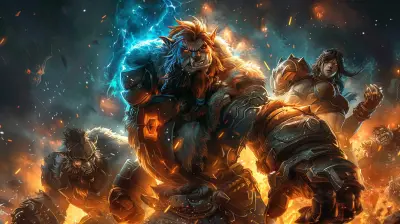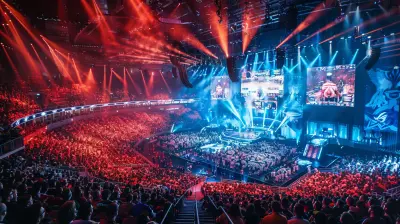Character-Driven Storytelling: What Gamers Want
31 May 2025
Ever noticed how some games stick with you long after you’ve finished playing? It’s not just about flashy graphics or heart-pumping boss battles (though those are cool too). What truly lingers are the characters—their struggles, their growth, and their connection to the world around them. Character-driven storytelling isn’t just a fancy buzzword; it’s what gamers crave more than ever.
But why? Why do we, as players, gravitate toward narratives that revolve around well-rounded characters? And what makes this form of storytelling so impactful in gaming compared to other media like movies or books? Let’s dive in and unpack why character-driven storytelling is the secret sauce behind unforgettable games.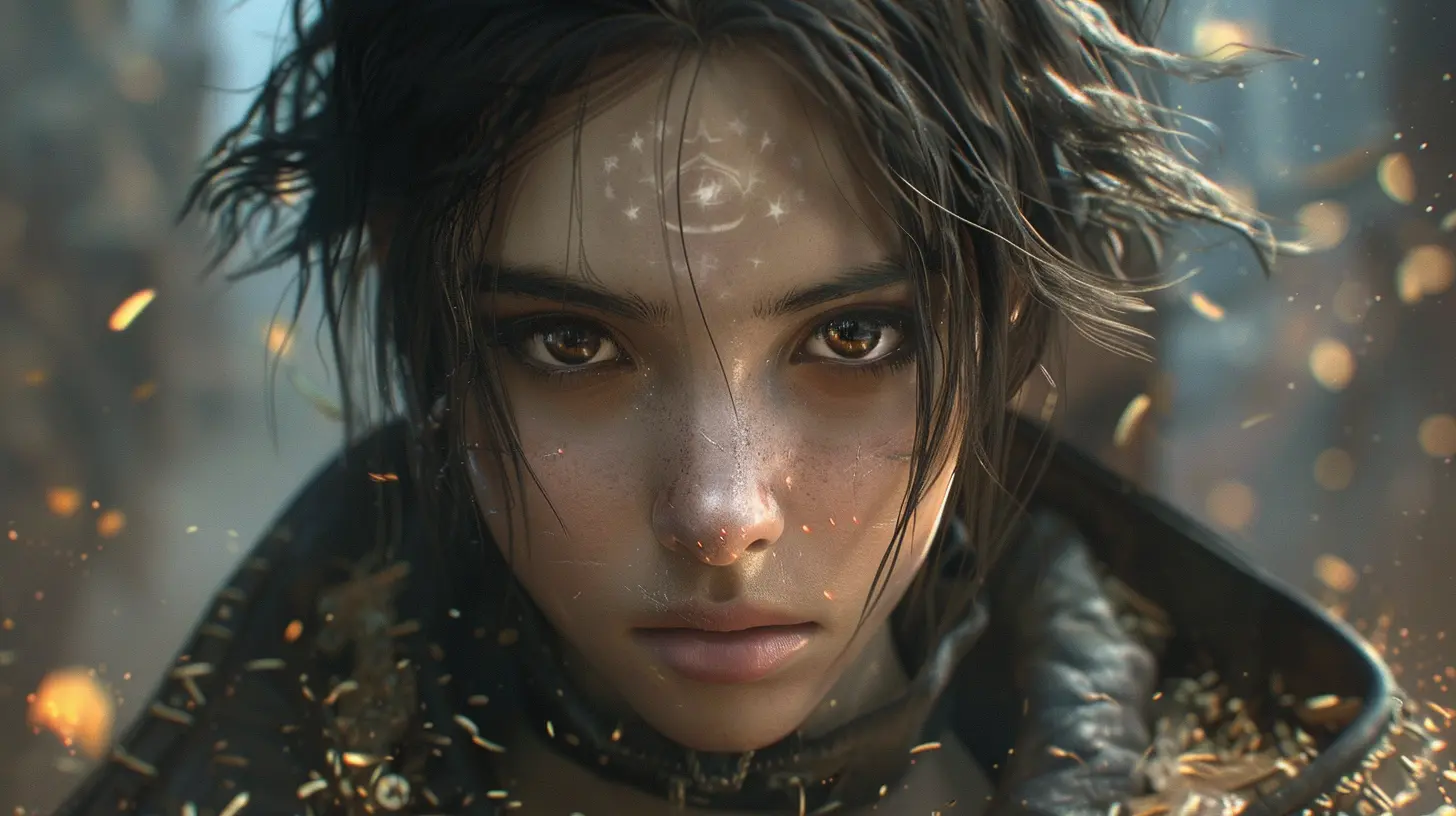
What Is Character-Driven Storytelling?
Before we go further, let’s break it down: what exactly is character-driven storytelling? Simply put, it’s a narrative approach where the focus is on the characters, their emotions, motivations, and personal journeys—not just the plot or world-building. It’s not about what happens but how it happens to the characters we’re rooting for (or against).Think of it as a road trip. The destination (plot) matters, sure. But the people in the car (characters) are what make the journey worth taking. Their personalities, choices, and reactions to the obstacles along the way are what keep us engaged. If plot-driven games are a sprint, character-driven games are the scenic route—they get us to feel something deeper.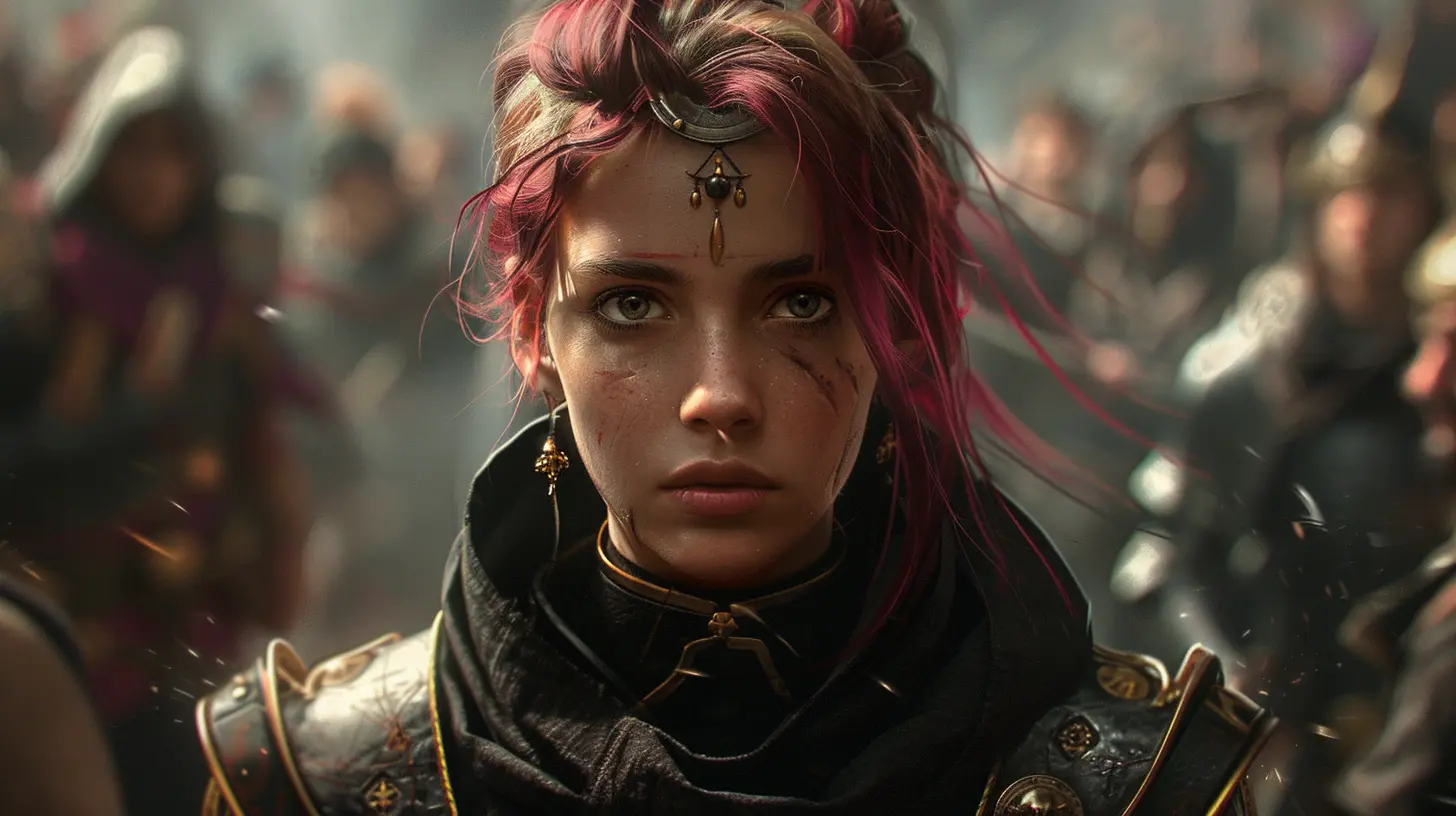
Why Gamers Want More Than Just Action
Picture this: you’re playing a game with jaw-dropping visuals, adrenaline-pumping combat, and an expansive world map. Sounds perfect, right? Now imagine you’re ten hours in, and suddenly, it all feels a bit... hollow. Something's missing, and that something is often a compelling connection to the characters.We Crave Relatability
As gamers, we want to see characters who feel real. They don’t have to be human, but they do need to have human qualities—flaws, vulnerabilities, doubts. We love heroes like Joel from The Last of Us or Aloy from Horizon Zero Dawn not just because they’re skilled or brave, but because they’re layered. They have histories, regrets, and ambitions that make them feel like someone you know (or want to know).When characters are relatable, it’s easier to root for them. We start seeing parts of ourselves in them, and that creates an emotional bond. And let’s be real, who doesn’t enjoy a good cry or fist-pump moment during a game? It’s like therapy, but with explosions.
We Want Choices That Matter
Gaming is an interactive medium, and character-driven storytelling thrives on this interactivity. When a game gives you meaningful choices—deciding who lives, who dies, or who your character becomes—it’s not just fun; it’s personal. Games like Mass Effect and The Witcher 3 absolutely nail this. Why? Because those decisions don’t just affect the world; they directly impact the characters you’ve spent hours getting to know.When your choices carry weight, they create an emotional investment. You’re not just playing; you’re participating in the character’s journey. And trust me, that hits differently.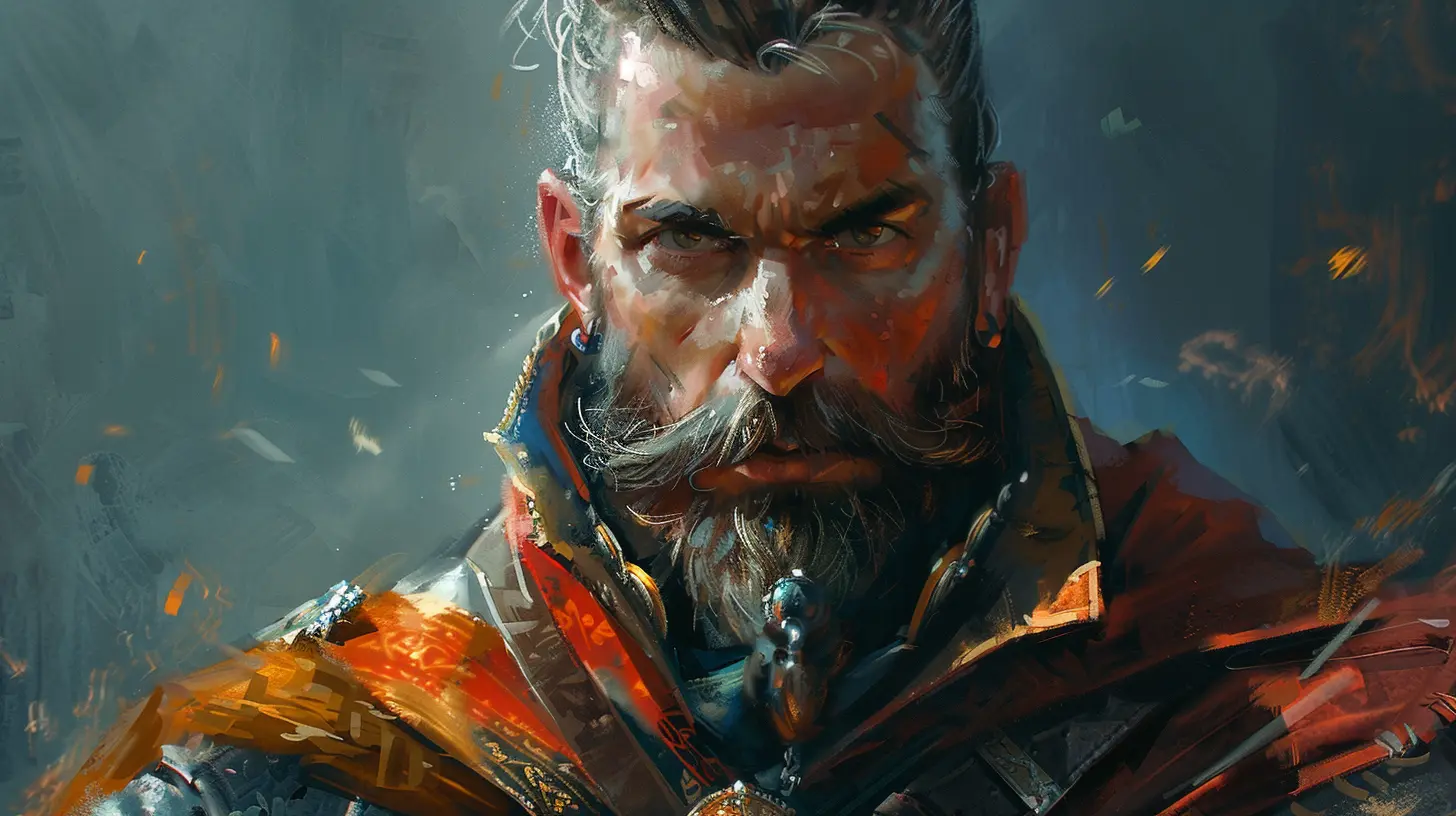
How Developers Create Memorable Characters
So, how do game developers pull this off? Crafting memorable characters isn’t just about slapping a tragic backstory onto someone and calling it a day. There’s an art to it, and here are some ways developers ensure we’re hooked on their creations.Backstory That Matters
A solid backstory is the foundation of any great character. Think about Arthur Morgan in Red Dead Redemption 2. His past as a loyal, complex outlaw shapes every decision he makes throughout the game. Developers don’t just drop this information all at once—they let you uncover it piece by piece, keeping you curious and engaged.But here’s the kicker: the backstory has to matter. If it doesn’t impact how the character acts or evolves, it feels hollow. Gamers are smart—we can tell when a backstory is just filler.
Personality Over Perfection
Perfect characters are boring. There, I said it. What makes a character memorable is their quirks, imperfections, and contradictions. Take Geralt from The Witcher series. He’s grumpy, sarcastic, and sometimes morally ambiguous, but that’s exactly why he’s so beloved. He feels like someone you could meet in real life... if real life had monsters, potions, and sword fights, of course.Developers who embrace personality quirks make characters more relatable. It’s those little human touches—an awkward laugh, a snarky comment, or a moment of hesitation—that stick with us.
Dynamic Relationships
No one exists in a vacuum, and the same goes for game characters. The most riveting stories often come from the relationships between characters, whether it’s a deep friendship, tense rivalry, or budding romance.Take Ellie and Joel in The Last of Us. Their relationship is the story. It’s messy, complicated, and, at times, heartbreaking—but that’s what makes it unforgettable. Strong character dynamics not only drive the plot but also create moments that linger in your mind long after the credits roll.
Why Character-Driven Games Outshine Plot-Driven Ones
Don’t get me wrong—plot-driven games have their place. Sometimes, you just want to hack and slash your way through a straightforward story with no emotional strings attached. But when you compare the two, character-driven games tend to leave a more lasting impact.They Evoke Emotion
You might remember the plot of a story-driven game, but you’ll feel the weight of a character-driven one. Emotions stick with us, whether it’s joy, sadness, anger, or love. Games like Life is Strange and Firewatch thrive on this because they focus on raw, human experiences that resonate on a personal level.They Encourage Replayability
When a game is character-driven, you often want to dive back in just to see how things could have unfolded differently. Maybe you’ll make a new choice in a branching dialogue or approach a situation differently to see how it impacts the relationships you’ve built. Games like Dragon Age: Origins or Undertale practically demand a second (or third) playthrough because there’s always more to uncover.Gamers Want Stories That Stick
At the end of the day, character-driven storytelling is what separates a fun game from an unforgettable one. Gamers don’t just want to play—they want to feel. They want to laugh, cry, and scream at the screen as they journey alongside characters who feel alive.And honestly? That’s a beautiful thing. Gaming isn’t just about escapism; it’s about connection. Whether we’re helping a rogue assassin seek redemption or guiding a farmhand through intergalactic conflict, we’re not just playing with characters—we’re playing for them. That’s the magic of character-driven storytelling.
So, the next time you’re immersed in a game that makes you care—really care—about its characters, take a moment to appreciate it. That’s what great storytelling is all about.
all images in this post were generated using AI tools
Category:
Video Game CharactersAuthor:

Brianna Reyes
Discussion
rate this article
3 comments
Arwenia Snyder
Great insights! Character-driven storytelling truly enhances player engagement, allowing for deeper connections and emotional investment. Excited to see how developers respond to these gamer preferences!
June 22, 2025 at 5:01 PM

Brianna Reyes
Thank you! I'm glad you found the insights valuable. It will be interesting to see how developers adapt to these evolving gamer preferences!
Zinnia McNaughton
Character-driven storytelling is essential in gaming; players crave emotional connections and relatable narratives. It's not just about gameplay mechanics but also about the depth and development of characters that make stories memorable and engaging. Strong characters can elevate any game experience.
June 19, 2025 at 2:43 AM

Brianna Reyes
Absolutely! Character-driven storytelling adds depth to gameplay, fostering emotional connections that enhance the overall gaming experience. Engaging narratives and well-developed characters truly resonate with players.
Adrian Reed
It's inspiring to see the conversation around character-driven storytelling in games. Characters that resonate with us foster deeper connections and enrich our experiences. As gamers, we crave narratives that reflect our emotions and struggles—thank you for highlighting this important aspect of gaming that truly unites us all.
June 16, 2025 at 2:42 AM

Brianna Reyes
Thank you for your thoughtful comment! I completely agree—character-driven storytelling indeed fosters deep connections and enhances our gaming experiences. It's a vital aspect that resonates with many of us.

